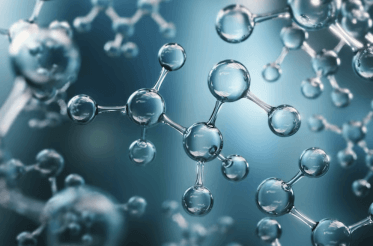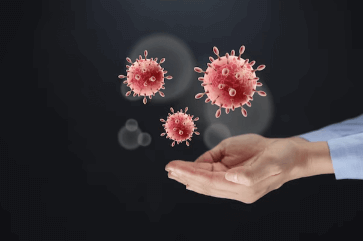Question
a.
True
b.
False
c.
May be True or False
d.
Can't say
Posted under Environmental Biotechnology
Interact with the Community - Share Your Thoughts
Uncertain About the Answer? Seek Clarification Here.
Understand the Explanation? Include it Here.
Q. The type of environmental pollutants that remain in the environment for a long time period is called as short-lived pollutant.
Similar Questions
Explore Relevant Multiple Choice Questions (MCQs)
Q. Sea foods are the major source of bio-accumulation in humans.
View solution
Q. The local chemical bond that overcome the dissipation energy of chemical, results in _______
View solution
Q. Bio-accumulation in the living tissues can happen when the chemicals accumulated crosses the physical barrier.
View solution
Q. The toxicant has to cross several sub cellular structures for the ________
View solution
Q. In Zooplankton, bio-accumulation can occur through direct surface absorption from aqueous medium.
View solution
Q. Which of the following factors doesn’t influence the direct uptake of toxicants during bio-accumulation?
View solution
Q. Size of organism is not a deciding factor for bioaccumulation.
View solution
Q. The solubility of the toxicant through the membrane is dependent on the strength of the bonds.
View solution
Q. Lipophilic compounds can enter the tissues of terrestrial plants through ___________
View solution
Q. Bio accumulation through roots gets absorbed in the root hair zone.
View solution
Q. Aquatic algae ingest metals by formation of coordination complexes.
View solution
Q. Which of the following phases doesn’t lead to bio accumulation in aquatic organism?
View solution
Q. The initial phase of uptake of toxicant is very fast.
View solution
Q. The toxicant accumulation can occur by direct absorption from the medium and ________
View solution
Q. In young organism, steady state can be achieved very fast.
View solution
Q. The time to reach half of the concentration of the toxicant is a function of environmental concentration and _______________
View solution
Q. Which of the following factor doesn’t influence the rate of Bioaccumulation by food?
View solution
Q. At plateau of bio accumulation, rate of uptake is equal to rate of elimination.
View solution
Q. Sometimes organism metabolizes the accumulated toxicant to facilitate its own growth.
View solution
Q. What does ∆t depicts in the given formula: C = Cₘₐₓ Δt/B + Δt?
View solution
Recommended Subjects
Are you eager to expand your knowledge beyond Environmental Biotechnology? We've handpicked a range of related categories that you might find intriguing.
Click on the categories below to discover a wealth of MCQs and enrich your understanding of various subjects. Happy exploring!








